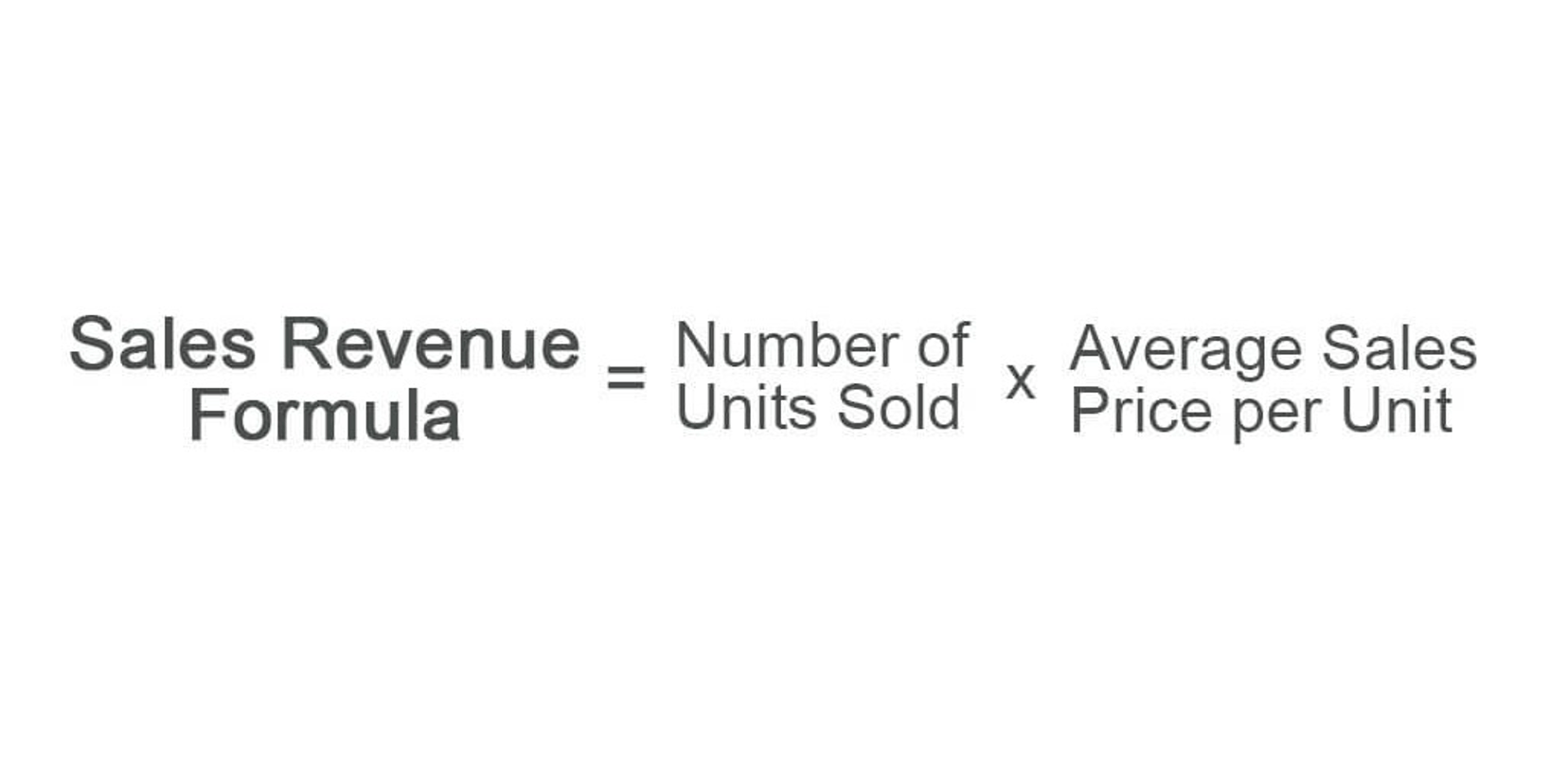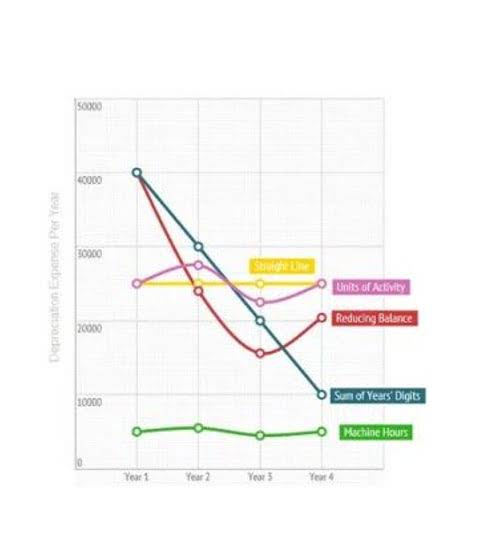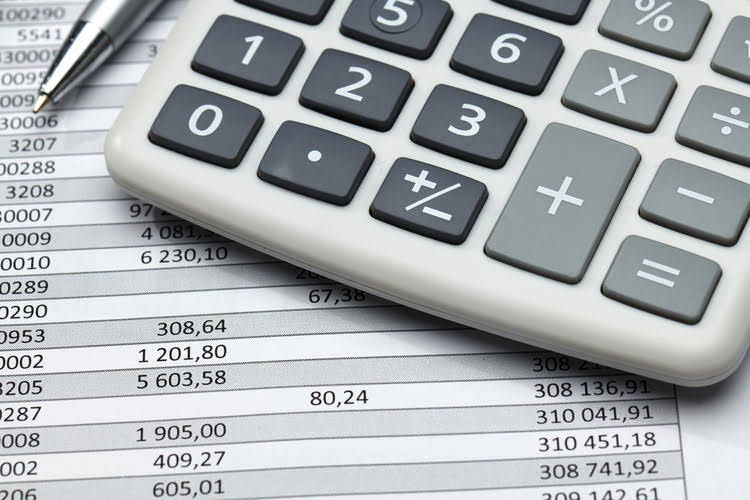It’s a record of cash paid or received by a business over a given period. Some expenses affect your profit but are not cash flows, such as depreciation expenses. If you pay off a majority of your debt early, it’ll be a large cash outflow that lowers your cash balance. Increases in net cash https://xoclub.ru/6734-saundtreki-pila-1-7-ost-saw-1-7-2010.html flow from financing usually arise when the company issues share of stock, bonds, or notes payable to raise capital for cash flow. Propensity Company had two examples of an increase in cash flows, one from the issuance of common stock, and one from increased borrowing through notes payable.
Financing Activities Leading to a Decrease in Cash
That means we’ve paid $30,000 cash to get $30,000 worth of inventory. Depreciation is recorded as a $20,000 expense on the income statement. Since no cash actually left our hands, we’re adding that $20,000 back to cash on hand. Now that we’ve got a sense of what a statement of cash flows does and, broadly, how it’s created, let’s check out an example. A balance sheet shows you your business’s assets, liabilities, and owner’s equity at a specific moment in time—typically at the end of a quarter or a year.
Which Kinds of Cash Flows Show Up in Operations?
This cash flow statement is for a reporting period that ended on Sept. 28, 2019. As you’ll notice at the top of the statement, the opening balance of cash and cash equivalents was approximately $10.7 billion. While the direct method is easier to understand, it’s more time-consuming because it requires accounting for every transaction that took place during the reporting period.
Cash Flow Statement Calculation Example
The transaction is expected to close in the fourth quarter of 2024. For the past 52 years, Harold Averkamp (CPA, MBA) hasworked as an accounting supervisor, manager, consultant, university instructor, and innovator in teaching accounting online. We will demonstrate https://scandaly.ru/2013/07/25/v-polozhenii-win-win/ the loss on the disposal of an asset in Good Deal’s next transaction. For the past 52 years, Harold Averkamp (CPA, MBA) has worked as an accounting supervisor, manager, consultant, university instructor, and innovator in teaching accounting online.
- Financing activities detail cash flow from both debt and equity financing.
- Investing net cash flow includes cash received and cash paid relating to long-term assets.
- There are several actions that could trigger this block including submitting a certain word or phrase, a SQL command or malformed data.
- To reconcile net income to cash flow from operating activities, subtract increases in current assets.
Calculate Cash Flow from Operating Activities
If we only looked at our net income, we might believe we had $60,000 cash on hand. In that case, we wouldn’t truly know what we had to work with—and we’d run the risk of overspending, budgeting incorrectly, or misrepresenting our liquidity to loan officers or business partners. This might mean renting out unused space or machinery, ensuring equipment operates at optimal capacity, or diversifying product lines. Avoiding overstocking and instead focusing on just-in-time inventory systems can reduce holding costs and free up cash.
What are the Components of the Cash Flow Statement?
For most small businesses, Operating Activities will include most of your cash flow. That’s because operating activities are what you do https://www.astralzodiak.ru/new-theories.html to get revenue. If you run a pizza shop, it’s the cash you spend on ingredients and labor, and the cash you earn from selling pies.
Note why and where you’re overstocking and develop a written plan that makes your process more efficient going forward. Adam Hayes, Ph.D., CFA, is a financial writer with 15+ years Wall Street experience as a derivatives trader. Besides his extensive derivative trading expertise, Adam is an expert in economics and behavioral finance. Adam received his master’s in economics from The New School for Social Research and his Ph.D. from the University of Wisconsin-Madison in sociology. He is a CFA charterholder as well as holding FINRA Series 7, 55 & 63 licenses. He currently researches and teaches economic sociology and the social studies of finance at the Hebrew University in Jerusalem.
Propensity Company sold land, which was carried on the balance sheet at a net book value of $10,000, representing the original purchase price of the land, in exchange for a cash payment of $14,800. The data set explained these net book value and cash proceeds facts for Propensity Company. Often used interchangeably with the term, “statement of cash flows,” the cash flow statement tracks the real inflows and outflows of cash from operating, investing and financing activities over a pre-defined period. Cash flow from assets (often abbreviated as “CFFA”) refers to the total cash flow generated by a company’s assets, not taking into account cash flow from financing activities. It measures a company’s ability to generate cash inflows from its core operations using strictly its current assets and fixed assets. Propensity Company had a decrease of $1,800 in the current operating liability for accounts payable.











